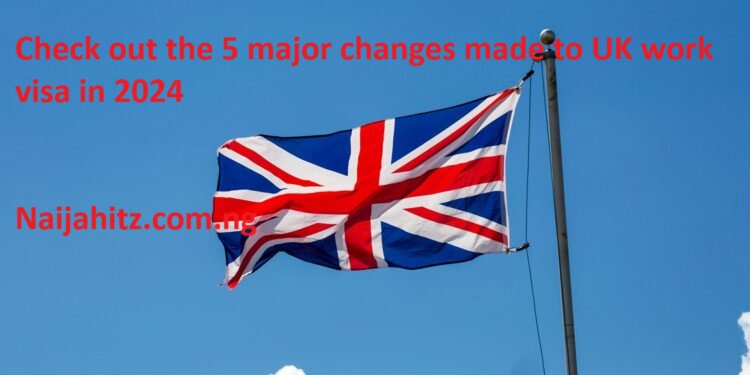The United Kingdom (UK) has over the years experienced an increase in its migration rate and this has led the nation to implement significant changes to its visa system, which will ultimately affect employers and prospective international employees.
In this article are some of the modifications made to its work visa.
1. Increased Salary Thresholds
As of April 2024, the minimum salary requirement for the Skilled Worker visa in the UK rose from £26,200 to £38,700.
The Skilled Worker visa refers to the main work visa for overseas nationals in the UK.
It allows employers to sponsor non-UK nationals to work in the UK in eligible, skilled roles.
Applicants are now expected to meet this new threshold or the specific salary dictated by their position, whichever is higher.
2. Replacement of the Shortage Occupation List
The Shortage Occupation List is a list that shows roles/professions that are in short supply in the UK.
The jobs that appear on this list are given some benefits within the UK Immigration Rules to make it easier for employers to hire employees through the Skilled Worker visa route.
The Shortage Occupation List (SOL) has now been replaced with the Immigration Salary List (ISL) since April 2024. This comprises roles deemed appropriate for a discounted salary threshold.
3. Adoption of Updated Occupational Codes
The Standard Occupational Classification (SOC) is a coding framework used in the UK to classify occupations, enabling comparisons of occupations across different datasets.
The UK Home Office has transitioned to the Office for National Statistics (ONS) Skills Occupational Codes 2020 system, replacing the 2010 version.
This update necessitates employers to reassess and possibly adjust the occupational codes used for sponsoring employees, ensuring alignment with the new classification system.



